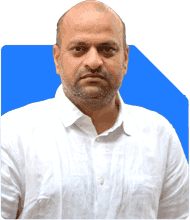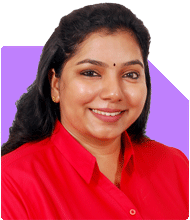Sunil Lala | Answer |Ask -Follow
Financial Planner - Answered on Oct 13, 2023

Having medical insurance, senior female however treatment not covered under medical insurance such as dental/cataract treatment or Diagnostic test conducted on Registered Medical Practioner at various diagnostic canters costing more than Rs. 5,000/- can be claimed ? If so under which section "
You may like to see similar questions and answers below
Sanjib Jha |66 Answers |Ask -Follow
Insurance Expert - Answered on Jun 21, 2022
Roopam Asthana |25 Answers |Ask -Follow
Answered on Aug 03, 2021
Sanjib Jha |66 Answers |Ask -Follow
Insurance Expert - Answered on Jul 29, 2022
Sanjib Jha |66 Answers |Ask -Follow
Insurance Expert - Answered on Nov 24, 2022
Dr Nagarajan Jsk |323 Answers |Ask -Follow
NEET, Medical, Pharmacy Careers - Answered on Apr 18, 2025
Radheshyam Zanwar |1535 Answers |Ask -Follow
MHT-CET, IIT-JEE, NEET-UG Expert - Answered on Apr 18, 2025
Radheshyam Zanwar |1535 Answers |Ask -Follow
MHT-CET, IIT-JEE, NEET-UG Expert - Answered on Apr 18, 2025
Radheshyam Zanwar |1535 Answers |Ask -Follow
MHT-CET, IIT-JEE, NEET-UG Expert - Answered on Apr 18, 2025
Radheshyam Zanwar |1535 Answers |Ask -Follow
MHT-CET, IIT-JEE, NEET-UG Expert - Answered on Apr 18, 2025
Pushpa R |60 Answers |Ask -Follow
Yoga, Mindfulness Expert - Answered on Apr 18, 2025
Dr Nagarajan Jsk |323 Answers |Ask -Follow
NEET, Medical, Pharmacy Careers - Answered on Apr 18, 2025
Dr Nagarajan Jsk |323 Answers |Ask -Follow
NEET, Medical, Pharmacy Careers - Answered on Apr 18, 2025
Milind Vadjikar |1179 Answers |Ask -Follow
Insurance, Stocks, MF, PF Expert - Answered on Apr 18, 2025
Ravi Mittal |577 Answers |Ask -Follow
Dating, Relationships Expert - Answered on Apr 18, 2025
Close




























